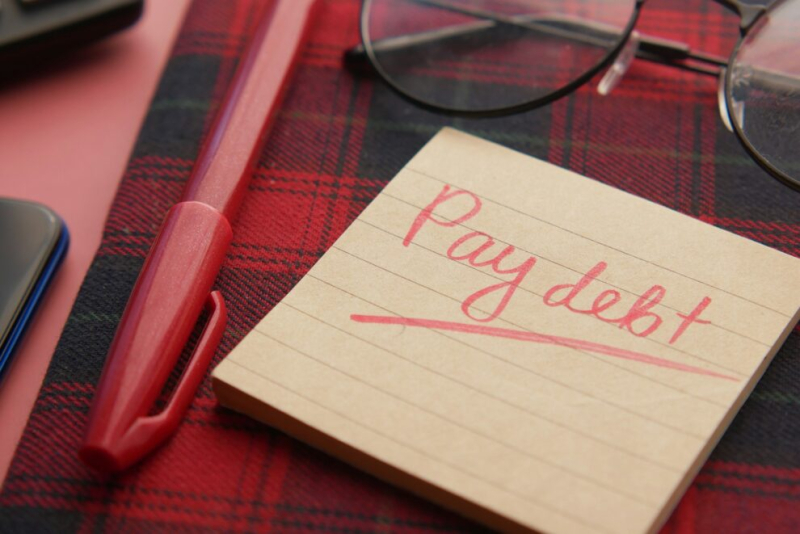Paying off debt is one of those goals that’s easy to talk about but tough to follow through on. The reason many people struggle isn’t that they don’t want to pay—it’s that their plan is unrealistic from the start. A debt payment plan should work with your life, not against it. Just as some people turn to debt consolidation in Arizona to simplify and make their repayment process more manageable, the key is creating a structure that feels sustainable. A realistic plan is about setting yourself up for steady progress, not perfection.
Step One: Get the Full Picture
You can’t create a plan without first understanding what you’re working with. Start by gathering all your debt information in one place—credit cards, student loans, medical bills, personal loans, or anything else you owe. Write down the balances, minimum payments, and interest rates. This step may feel overwhelming, but clarity is power. Once you see the full picture, you’ll be better equipped to prioritize and create a strategy that actually works.
Step Two: Assess Your Income and Expenses
The next step is to evaluate your budget. How much money is coming in each month, and where is it going? Be honest about your spending, including small everyday expenses like takeout or streaming services. This isn’t about cutting out everything you enjoy—it’s about understanding what’s left over after covering essentials like rent, utilities, and groceries. That leftover amount is what you’ll use to fund your debt payment plan.
Step Three: Choose a Repayment Strategy That Fits You
There are different strategies to pay off debt, and the right one depends on your personality and priorities. The avalanche method targets high-interest debt first, saving you money in the long run. The snowball method starts with the smallest balances, giving you quick wins and motivation. Some people even use a combination of the two. The strategy doesn’t matter as much as choosing one you’ll stick with. Consistency is what leads to results.
Step Four: Set Realistic Payment Goals
This is where many people go wrong—they set goals that look good on paper but don’t work in real life. For example, committing to put half your paycheck toward debt might sound ambitious, but if it leaves you short on rent or groceries, it won’t last. Instead, set payment goals that push you but still allow for necessities and a little breathing room. Remember, progress is still progress, even if it feels slow at times.
Step Five: Build in an Emergency Cushion
One reason people fall back into debt is unexpected expenses. Without an emergency fund, a car repair or medical bill often gets added to a credit card. To avoid this, set aside even a small amount—like $500—as a starter emergency fund before going full force on debt payments. This cushion helps protect your plan from being derailed the moment life throws a curveball.
Step Six: Consider Adjustments and Tools
A realistic plan isn’tstatic—it changes as your life changes. If you get a raise, you might increase payments. If your expenses temporarily rise, you may need to scale back for a bit. Tools like refinancing or consolidation can also help simplify repayment. For example, consolidating multiple debts into one with a lower interest rate can make monthly payments easier to manage and save money over time. Adjustments aren’t failures—they’re signs you’re keeping your plan flexible and sustainable.
Step Seven: Track Your Progress
Paying off debt can be a long journey, which is why tracking progress is essential. Celebrate milestones, whether it’s paying off a single credit card, reducing a balance by a certain percentage, or sticking to your plan for six months straight. These victories keep motivation alive and remind you that your hard work is paying off. Visual tools like charts or apps can make progress more tangible and rewarding.
Step Eight: Focus on Habits, Not Just Numbers
While the math of debt repayment is important, the habits you build along the way matter just as much. Developing consistent budgeting skills, practicing mindful spending, and learning to delay gratification all support your long-term financial health. These habits ensure that once the debt is gone, you won’t fall back into the same cycle. Debt repayment isn’t just about eliminating what you owe—it’s about building a stronger foundation for the future.
Final Thoughts
Developing a realistic debt payment plan requires more than enthusiasm—it takes clarity, honesty, and consistency. By understanding your full financial picture, choosing a strategy that fits your personality, setting achievable goals, and making adjustments as needed, you can create a plan that lasts. Remember, the goal isn’t perfection but steady progress. Every payment you make is a step toward freedom, and with a thoughtful plan, that freedom is closer than it may feel today.



